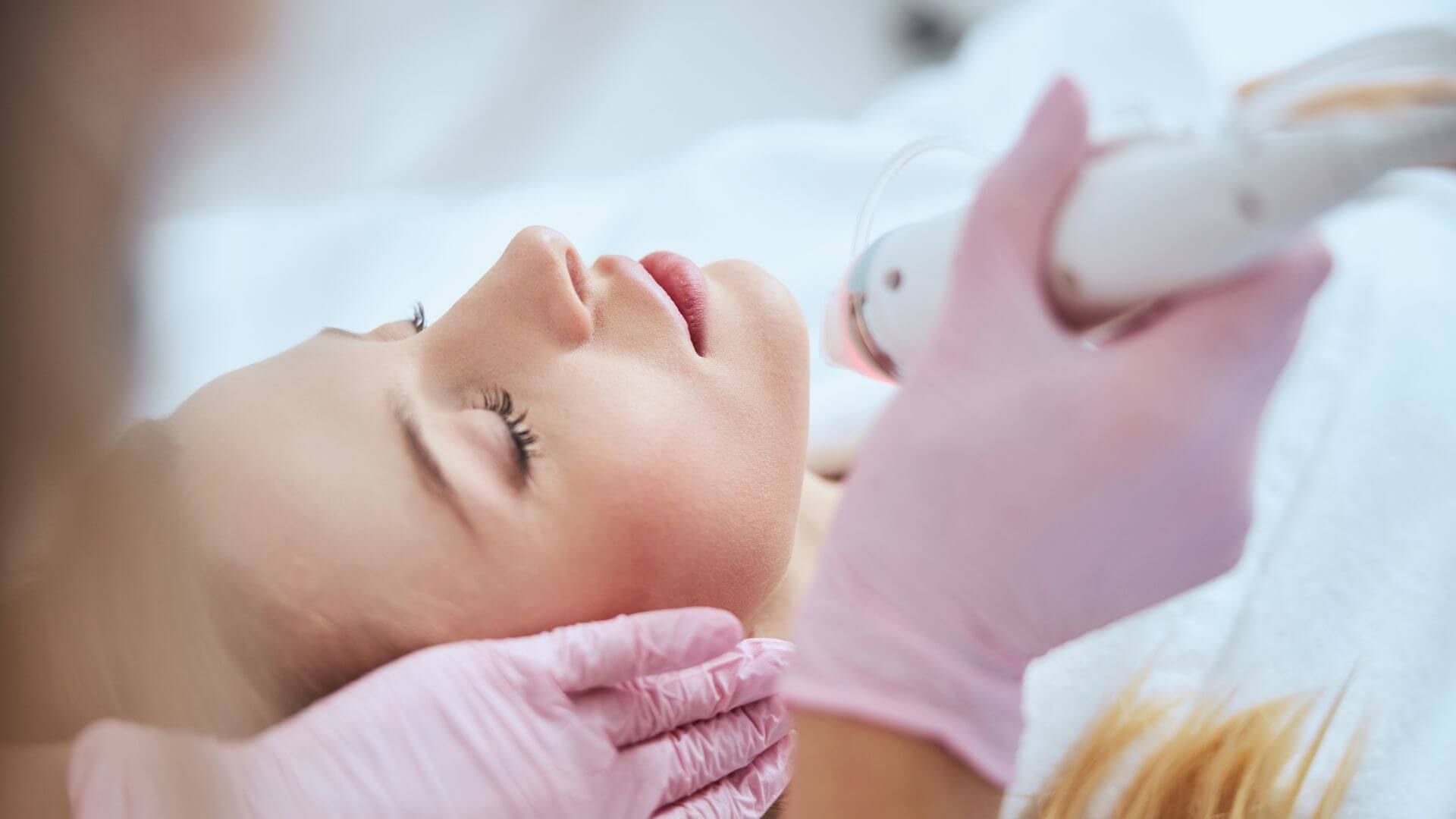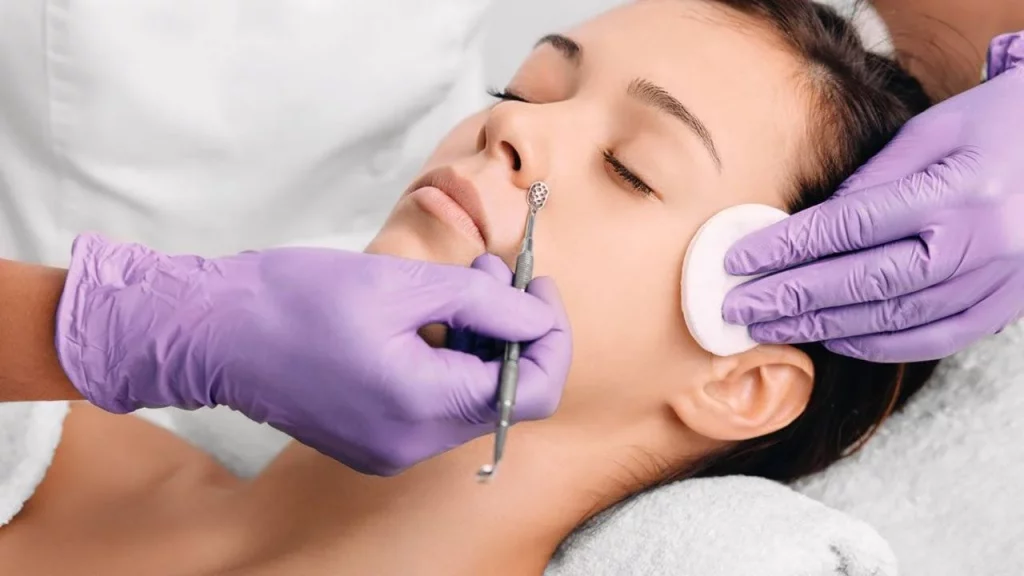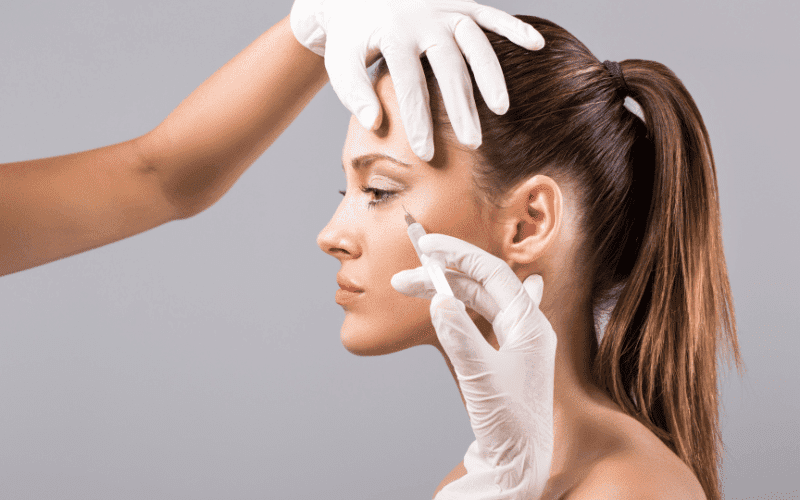Botox is a cosmetic treatment that offers patients a non-surgical solution for reducing visible signs of aging. This FDA-approved treatment provides temporary relief from wrinkles and fine lines through a minimally invasive procedure. Understanding the specifics of treatment can help you make an informed decision about whether this cosmetic option aligns with your aesthetic goals.
What Is Botox?
Botox is a purified protein derived from Clostridium botulinum bacteria that temporarily blocks nerve signals to targeted muscles. When injected into specific facial muscles, it prevents them from contracting fully, which reduces the appearance of wrinkles caused by repetitive muscle movements. The temporary paralysis of muscles allows the overlying skin to smooth out and appear more youthful.
What Does It Treat?
Botox primarily addresses dynamic wrinkles, which are lines that form due to repeated facial expressions and muscle contractions. The most commonly treated areas include crow’s feet around the eyes, forehead lines, and frown lines between the eyebrows. These areas respond particularly well to Botox because the wrinkles result directly from underlying muscle activity.
For excessive sweating (hyperhidrosis), Botox works by blocking the nerve signals that activate the sweat glands, providing significant relief in areas such as the underarms, palms, and feet. It is also effective in treating muscle spasms by relaxing overactive muscles, alleviating discomfort, and improving mobility. This treatment can help with clenching or grinding of the jaw, commonly associated with temporomandibular joint dysfunction (TMJ), by relaxing the jaw muscles and reducing tension.
What Does the Process Entail?
The procedure begins with a consultation, during which your dermatologist evaluates your facial anatomy and discusses your aesthetic goals. During this appointment, the provider will examine the areas of concern and determine the appropriate injection sites and dosage. The injection process involves using a fine needle to deliver small amounts of Botox into predetermined muscle groups. Patients may experience minimal discomfort during the procedure.
After the injections, patients can usually return to their normal activities immediately. Your provider will give specific post-treatment instructions, which may include avoiding lying down for several hours and refraining from rubbing the treated areas. Follow-up appointments may be scheduled to assess results and determine if additional treatments are needed.
What Are the Benefits?
Botox offers several advantages as a cosmetic treatment option. The procedure requires no downtime, allowing patients to resume their regular activities immediately after treatment. Results appear gradually over several days, creating a natural-looking improvement rather than an obvious overnight change.
The treatment provides predictable results when performed by experienced practitioners. The temporary nature of Botox allows patients to adjust their treatment plan over time or discontinue if desired. Botox can also prevent deeper wrinkles from forming when used proactively.
What Makes a Good Candidate?
Candidates are adults over 18 years of age who have realistic expectations about the treatment outcomes. They typically have dynamic wrinkles that are noticeable during facial expressions but may soften when the face is at rest. Healthy individuals without neurological disorders are good candidates for this treatment.
Certain conditions may disqualify someone from receiving Botox injections. Women who are pregnant or breastfeeding should avoid this treatment due to unknown effects on fetal development or nursing infants. Individuals with allergies to any botulinum toxin product ingredients should also avoid treatment.
Seek a More Youthful Appearance
Botox is a cosmetic treatment option for individuals seeking to reduce the appearance of dynamic wrinkles and achieve a more youthful look. The procedure offers convenience, predictable results, and minimal downtime for qualified candidates. Schedule a consultation with a qualified dermatologist to discuss whether Botox treatment is appropriate for your specific needs and aesthetic objectives.



